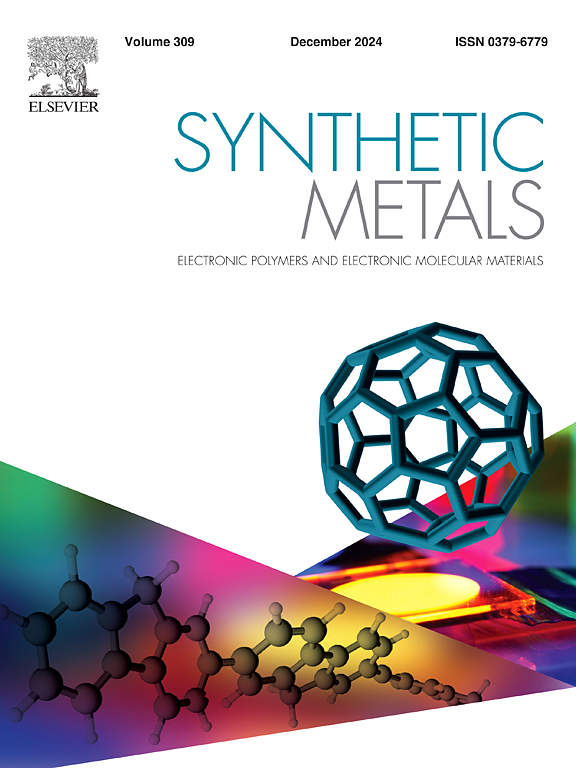碳量子点:概述了从天然植物来源合成碳量子点及其作为抗菌剂的潜在用途
IF 4.6
3区 材料科学
Q2 MATERIALS SCIENCE, MULTIDISCIPLINARY
引用次数: 0
摘要
碳量子点(CQDs)的偶然发现,在电泳纯化的同时,单壁碳纳米管(SWNTs)从电弧放电的烟尘中获得,点燃了全球对这些碳纳米颗粒的兴趣,因为它们在药物输送,荧光和催化等广泛研究中的潜在用途。它们的低毒性和高稳定性赋予了它们潜在的医疗用途,这暗示了对CQDs的大量需求。因此,必须制定一种可持续的合成CQDs的方法,以确保最低限度地使用能源和有毒化学物质。“自上而下”的合成途径包括分解相对较大的碳结构,如碳纳米管、纳米金刚石和石墨,使用能量密集型工艺,如光烧蚀、电弧放电和电化学技术。另一种替代方法是“自下而上”的方法,这种方法可以最大限度地减少能源的使用,并且可以通过从各种植物来源(如草药和茄科植物)中绿色合成CQDs来实现。其中一些天然衍生的CQDS显示出惊人的抗菌活性和细胞毒性,这使得它们在治疗细菌感染和癌症方面具有潜在的用途。本文综述了中药类CQDs的合成及其应用。本文章由计算机程序翻译,如有差异,请以英文原文为准。
Carbon quantum dots: An overview of their synthesis from natural plant sources, and their potential use as antimicrobial agents
The serendipitous discovery of carbon quantum dots (CQDs), while purifying electrophoretically, single-walled carbon nanotubes (SWNTs) obtained from the soot of an arc-discharge, ignited a global interest in these carbon nanoparticles, due to their potential uses in a broad spectrum of studies like drug delivery, fluorescence, and catalysis. Their low toxicity and high stability endow them with potential medical uses, which hints at the need for CQDs in large quantities. Thus, a sustainable synthesis of CQDs has to be worked out to ensure the minimum use of energy and toxic chemical substances. A ‘top-down’ route to their synthesis involves the disintegration of relatively larger carbon structures like carbon nanotubes, nanodiamonds, and graphite, using energy-intensive processes, such as photoablation, arc discharge, and electrochemical techniques. An alternative to this is a ‘bottom-up’ method, which minimizes energy's utility, and can be achieved through the green synthesis of CQDs, from various plant sources, like herbs and the nightshades (family Solanaceae). Some of these naturally-derived CQDS have exhibited striking antimicrobial activity and cytotoxicity, which makes them potentially useful in therapeutics for bacterial infections and carcinomas. This review aims to discuss the synthesis and applications of such CQDs derived from herbal medicine (HM-CDs).
求助全文
通过发布文献求助,成功后即可免费获取论文全文。
去求助
来源期刊

Synthetic Metals
工程技术-材料科学:综合
CiteScore
8.30
自引率
4.50%
发文量
189
审稿时长
33 days
期刊介绍:
This journal is an international medium for the rapid publication of original research papers, short communications and subject reviews dealing with research on and applications of electronic polymers and electronic molecular materials including novel carbon architectures. These functional materials have the properties of metals, semiconductors or magnets and are distinguishable from elemental and alloy/binary metals, semiconductors and magnets.
 求助内容:
求助内容: 应助结果提醒方式:
应助结果提醒方式:


